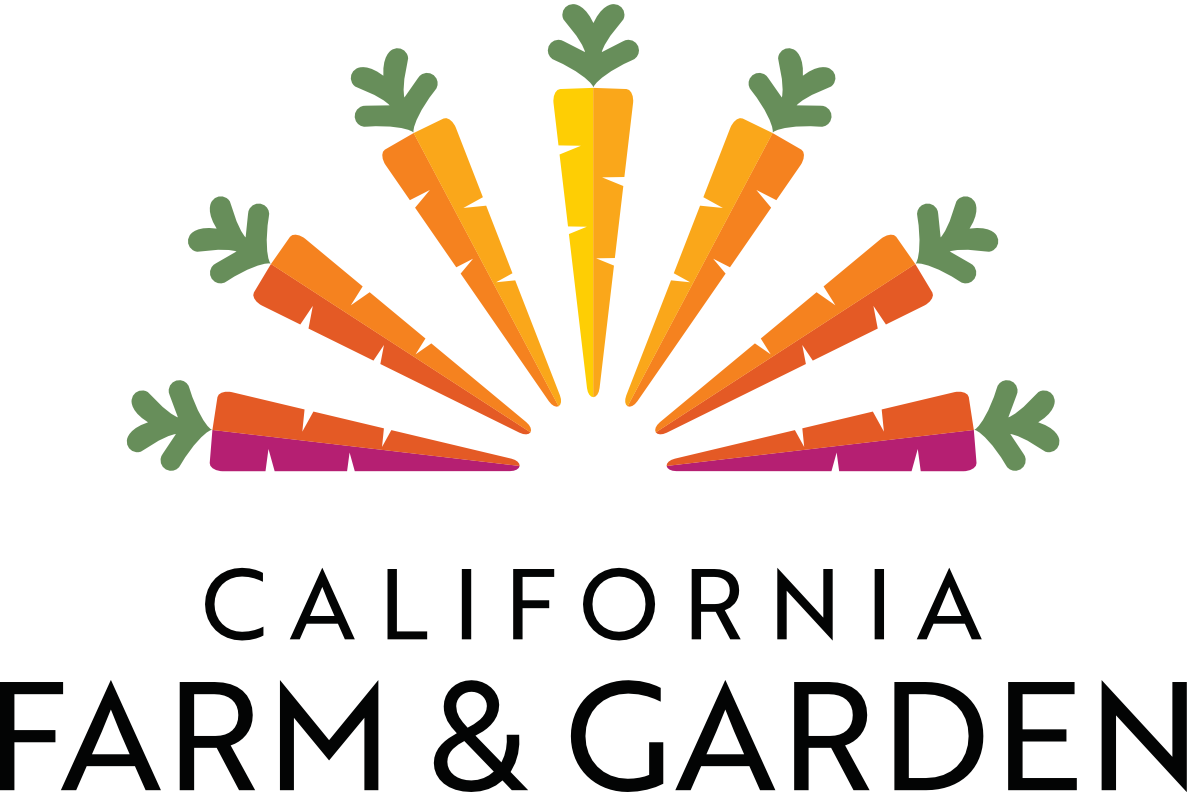The 2023 USDA Plant Hardiness Zones Map for San Diego
In November 2023, the United States Department of Agriculture (USDA) released an updated Plant Hardiness Zone Map for the first time since 2012. The map’s new rendering is more accurate and has more detailed resolution thanks to an increase in the total number of weather stations producing data, from about 8,000 in 2012 to well over 13,000 since. Read more about the new release from the USDA here.
What is the USDA Plant Hardiness Zone Map?
The USDA Plant Hardiness Zone Map is a valuable tool designed to help gardeners, farmers, and horticulturists understand the climatic conditions in different regions across the United States. The map divides the country into different zones based on the average annual minimum winter temperature, which helps determine which plants are most likely to thrive in each area. Or, from the USDA: “Put another way, the designations do not reflect the coldest it has ever been or ever will be at a specific location, but simply the average lowest winter temperature for the location over a specified time.” The zones are numbered from 1 (coldest) to 13 (warmest), each of which is also broken into half zones designated as “A” and “B.” Essentially, the USDA Plant Hardiness Zone Map serves as a visual representation for the approximately 80 million Americans and scientists who frequent the map.
San Diego’s USA Plant Hardiness Zones
Unsurprisingly, the 2023 USDA Plant Hardiness Zone Map shows some major changes for the greater San Diego area. This aligns with the national results, showing that about half of the United States shifted to the next warmer half zone. Scroll down to see side-by-side comparisons of the 2012 and 2023 San Diego Plant Hardiness Zone Maps.
USDA Plant Hardiness Zones Map of San Diego in 2012 and 2023. These maps can be further explored here.
Areas along San Diego’s coast including parts of La Jolla, Mission Beach, Ocean Beach, Point Loma, Coronado, and downtown have all warmed out of zone 10b into 11a. Zone 10b, previously relegated to San Diego’s coastline, has now pushed inland reaching the outskirts of Poway and further east than Santee and El Cajon. These findings align with our own insights at California Farm and Garden from the last few years as we’ve monitored the chill hours data gathered by UC Davis.
Chill hours refer to the cumulative time during winter when temperatures remain between 32 and 45 degrees Fahrenheit. Spending time in this range is necessary for things like stone fruit and berries to flower and fruit properly later in the year. Insufficient chill hours can affect their overall health, growth, flowering, fruit production, and fruit quality.
What Does This Mean For Planting Fruits and Vegetables in San Diego?
USDA hardiness zones 9b through 11a exhibit distinct and important differences in their climates and plant suitability. While both zones support that world-famous San Diego climate with year-round fruit and vegetable growing seasons, zone 9b may experience periodic chilly spells with temperatures occasionally dropping as low as 25 degrees Fahrenheit. In contrast, zone 11a maintains consistently warmer temperatures in winter that rarely fall below 40 degrees Fahrenheit plus milder temperatures in summer.
With most common vegetables, changes to your San Diego neighborhood’s hardiness zone could be as simple as rethinking when seasonal transitions in your garden are conducted. If you’ve historically transitioned from summer crops to winter crops toward the end of September, for example, you may want to consider waiting until temperatures drop a little more later in October. It could also mean a longer, more awkward shoulder season between winter and spring as temperatures hover in that area not ideal for either season’s crops.
These warming trends could also significantly impact your favorite deciduous and stone fruit trees. Those apricots, apples, cherries, pears, plums, nectarines, etc. will be more susceptible to health and productivity issues the closer to the San Diego coast you plant them. For many, planting a tree is a long-term investment so it will be as important as ever to do some research before purchasing a fruit tree to ensure you plant something suitable for your San Diego neighborhood’s climate hardiness zone.

